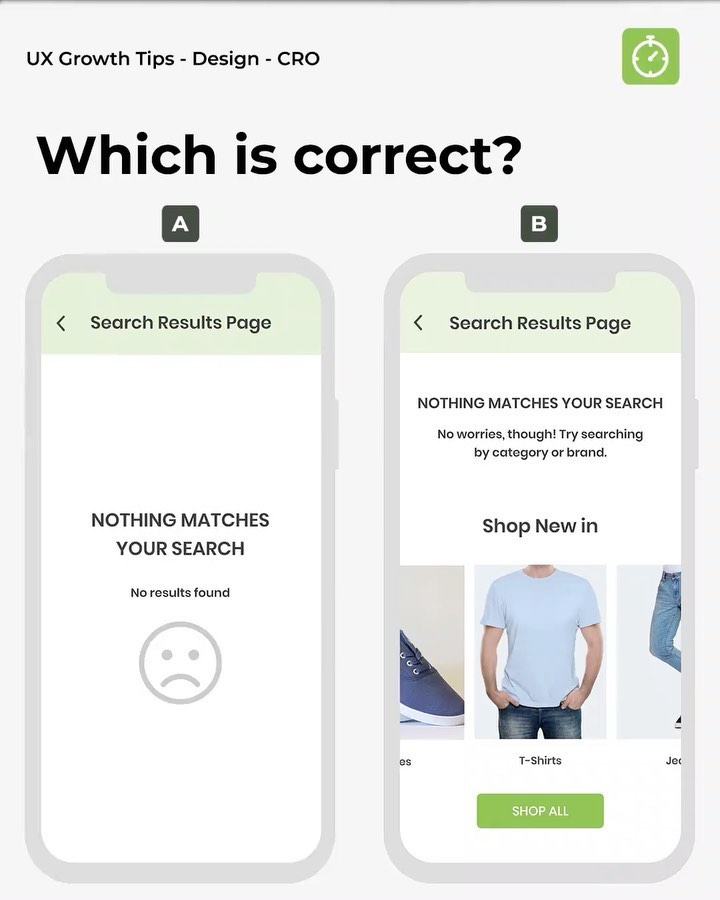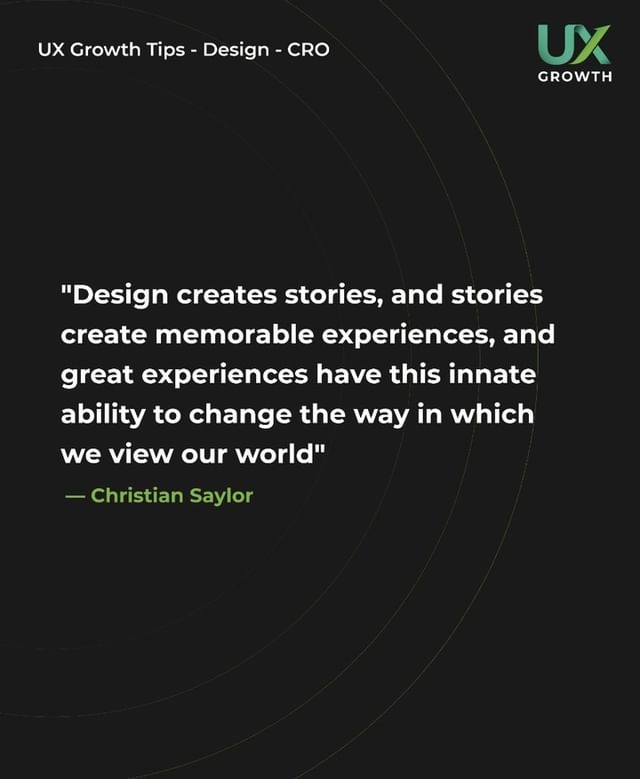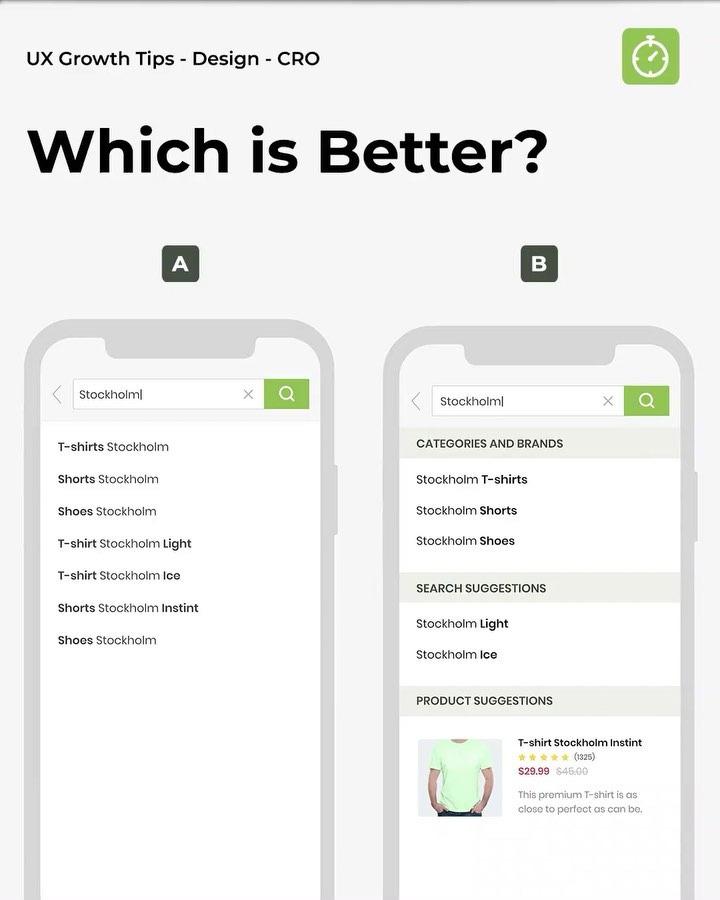Product Reviews UX CRO Growth Design: Boost Your Conversions with User-Driven Insights
Conversion Rate Optimization (CRO) is crucial for driving business growth. By analyzing user behavior and implementing data-driven strategies, businesses can enhance user experience (UX) and design to improve conversions. Leveraging product reviews and social proof can build trust and increase conversion rates. Implementing personalized content and user-centric design strategies can tailor user experiences, leading to better conversion outcomes. The integration of CRO, UX, and growth design is shaping the future of digital marketing.
Understanding the Importance of Conversion Rate Optimization
In today's digital landscape, Conversion Rate Optimization (CRO) plays a crucial role in driving business growth and maximizing the impact of digital efforts. By focusing on optimizing conversions, businesses can improve their online performance and achieve higher levels of success.
The Role of CRO in Driving Business Growth
CRO is not just about increasing the number of website visitors; it's about turning those visitors into customers. By understanding user behavior and analyzing data, businesses can identify opportunities to enhance the user experience and increase the likelihood of conversions. CRO is a strategic approach that can have a significant impact on overall business growth and success.
Strategies for Optimizing Conversions
- Utilizing A/B testing to identify the most effective elements on a website
- Implementing user feedback to make data-driven decisions
- Creating compelling calls-to-action to encourage user engagement
- Improving website navigation to enhance the user experience
The Power of Analytics
Analytics tools play a key role in understanding user behavior and tracking the effectiveness of conversion optimization strategies. By leveraging data insights, businesses can make informed decisions to continuously improve and refine their conversion tactics.
Continuous Optimization Efforts
Conversion Rate Optimization is not a one-time task; it requires ongoing analysis, testing, and optimization to ensure that websites are continuously improving and meeting the evolving needs of users. By staying proactive and responsive to user feedback, businesses can stay ahead of the competition and drive sustainable growth.
Enhancing User Experience for Improved Conversions
The Impact of UX Design on User Engagement
Enhancing user experience plays a crucial role in driving engagement and ultimately improving conversion rates. User-centric design focuses on creating intuitive interfaces and seamless interactions that captivate users from the moment they land on a website.
- Intuitive navigation and clear layout contribute to a positive user experience.
- Interactive elements such as animations and transitions can keep users engaged and encourage them to explore further.
- Consistent branding and messaging across all touchpoints help build trust and familiarity with the brand.
Integrating UI/UX Design Principles for Conversion Improvement
UI/UX design principles are essential for optimizing conversions by aligning design elements with user behavior and preferences. By seamlessly integrating UI/UX best practices, businesses can create a cohesive user experience that guides visitors towards desired actions.
- Strategic placement of call-to-action buttons and clear next steps can prompt users to take specific actions.
- Utilizing white space and visual hierarchy enhances readability and focuses attention on key elements.
- Responsive design ensures a consistent experience across devices, catering to the needs of mobile users.
Leveraging Product Reviews to Drive Conversions
Product reviews play a crucial role in influencing purchase decisions and driving conversions on a website. By harnessing user feedback and incorporating social proof, businesses can build trust with potential customers and boost conversion rates effectively.
Harnessing User Feedback for Better Conversion Rates
Listening to user feedback is a powerful way to understand customer preferences and improve the overall user experience. Positive reviews can act as endorsements for your products or services, instilling confidence in potential buyers and increasing the likelihood of conversion. Addressing any negative feedback constructively can also help in identifying areas for improvement and enhancing the overall customer satisfaction.
Engaging with User Comments
- Responding to user comments promptly can show that you value customer opinions and are committed to addressing their concerns.
- Encouraging satisfied customers to leave reviews can help in building a positive online reputation and attracting new customers.
Incorporating Social Proof for Enhanced Customer Trust
Social proof, such as displaying average product ratings or showcasing testimonials from satisfied customers, can significantly impact the purchase decisions of potential buyers. By leveraging social proof effectively, businesses can establish credibility, build trust, and ultimately drive conversions.
Utilizing Testimonials and Case Studies
- Sharing real-life experiences of customers through testimonials and case studies can create a sense of authenticity and reliability.
- Highlighting any industry awards or certifications can further validate the quality and trustworthiness of your products or services.
Implementing Data-Driven Testing for Conversion Optimization
The Power of A/B Testing in Improving Conversions
A/B testing, also known as split testing, is a powerful method for optimizing conversion rates by comparing two versions of a webpage or app to determine which one performs better. By testing variations of elements such as headlines, call-to-action buttons, images, and layout, businesses can gather valuable insights on user preferences and behavior.
Through A/B testing, companies can make data-driven decisions to refine their digital properties, increase engagement, and ultimately drive more conversions. By continuously testing and optimizing based on the results, businesses can stay agile and responsive to changing user needs and market trends.
Analyzing User Behavior Through Testing and Research
Understanding user behavior is essential for conversion optimization. By utilizing tools such as heatmaps, session recordings, and click tracking, businesses can gain valuable insights into how users interact with their website or app. This data can inform decisions on design changes, content updates, and user flow enhancements.
- Heatmaps provide visual representations of where users are clicking and scrolling on a webpage, helping identify areas of interest and potential bottlenecks.
- Session recordings capture real-time user interactions, allowing businesses to observe user behavior firsthand and identify usability issues.
- Click tracking enables businesses to track user clicks on specific elements, helping to understand user preferences and optimize the placement of key features.
By analyzing user behavior through comprehensive testing and research, businesses can uncover actionable insights to improve the overall user experience, increase conversions, and drive business growth.
Personalization and User-Centric Design Strategies
Tailoring User Experiences Through Personalized Content
Personalization is a key element in creating engaging user experiences that resonate with individual preferences and behaviors. By tailoring content to specific user segments, companies can deliver more relevant messages that capture attention and drive action. Through personalized recommendations and targeted messaging, businesses can enhance customer satisfaction and loyalty by meeting their unique needs and expectations.
Designing User Journeys with a Focus on Individual Needs
Designing user journeys with a user-centric approach involves understanding the specific needs and goals of each user to create a seamless and intuitive experience. By mapping out the user flow and touchpoints, businesses can identify pain points and opportunities for optimization. Addressing individual needs through tailored interactions and intuitive design elements can guide users towards desired actions, leading to increased engagement and conversion rates.
The Future of CRO, UX, and Growth Design Integration
As we look towards the future of digital marketing, the integration of CRO, UX, and growth design will continue to shape the landscape, driving innovation and enhancing user experiences. Let's explore the key trends and advancements that are set to define the evolution of these critical components.
Trends and Innovations Shaping the Digital Landscape
- Increased focus on AI-driven personalization
- Expansion of voice search optimization
- Rise of interactive and immersive user experiences
- Integration of AR and VR technologies for enhanced engagement
AI-driven Personalization
Artificial intelligence will play a pivotal role in delivering highly personalized experiences to users, leveraging data insights to tailor content and interactions based on individual preferences and behavior patterns.
Voice Search Optimization
With the growing prevalence of voice-enabled devices, optimizing for voice search will be essential to ensure that websites and content are easily discoverable and accessible through speech commands.
Interactive User Experiences
Interactive elements such as quizzes, calculators, and 360-degree product views will become more prevalent, providing users with engaging and immersive ways to interact with brands and products.
AR and VR Technologies
The integration of augmented reality (AR) and virtual reality (VR) technologies will revolutionize user experiences, allowing for virtual product trials, interactive storytelling, and realistic simulations that drive user engagement.
The Evolution of User-Centered Design Practices
- Moving towards empathy-driven design approaches
- Embracing inclusive and accessible design principles
- Focus on emotional and psychological aspects of user interactions
- Integration of sustainability and ethical considerations into design processes
Empathy-Driven Design
Design practices will increasingly prioritize understanding and empathizing with users, ensuring that products and experiences resonate with their needs, emotions, and values.
Inclusive Design Principles
Designers will seek to create experiences that are accessible to all users, regardless of their abilities or limitations, embracing inclusivity as a core tenet of user-centered design.
Emotional and Psychological Design
Delving into the emotional and psychological aspects of user interactions will guide the creation of experiences that not only meet functional needs but also resonate on a deeper, more meaningful level with users.
Sustainability and Ethical Considerations
Design processes will increasingly incorporate considerations of sustainability and ethics, ensuring that products are developed in alignment with environmental, social, and ethical responsibilities.



